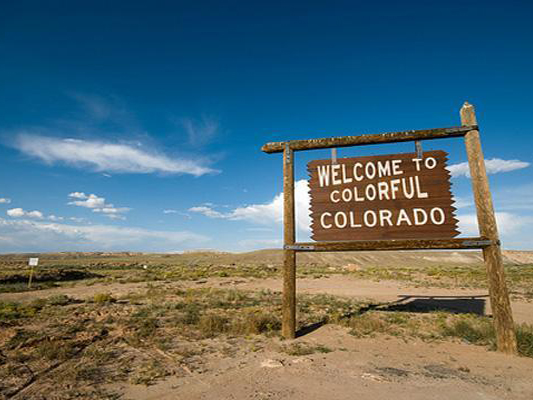VC Thoughts: Brad Feld On Entrepreneurial Density
By Techli
28 noviembre, 2011
When asked why Boulder is such a vibrant entrepreneurial community, I talk about a concept I call entrepreneurial density. Boulder is a small town — the city itself is only 100,000 people. Yet the number of entrepreneurs in Boulder is significant. And the number of people working for startups is off the charts. Start with the definition: entrepreneurial density = ((# entrepreneurs + # people working for startups or high growth companies)) / adult population My guess is that Boulder’s entrepreneurial density is one of the highest in the United States. I don’t have any empirical data to back this up — it’s a qualitative assessment based on my experience traveling around and investing in different parts of the US. While population is one measure, I’ve also started thinking about geography as another. In the case of Boulder, the core of the entrepreneurial community is in downtown, which is a 10 x 4 block area. Even though downtown Boulder is small, it has different personalities (yes — we have an east side and a west side), yet you can walk from one end to the other in ten minutes. And, inevitably, when I walk across town I always bump into people I know. The geography index matters even in places like New York. When I stay in New York, I generally stay within walking distance of Union Square. Sure, I end up in midtown or downtown occasionally, but most of my time is spent in a 20 x 8 block area. The bay area splits similarly — I’m in San Francisco within walking distance or a short drive of many of our bay area companies, but I’m on the other end of the planet from Palo Alto. As I think more about entrepreneurial communities, I’m starting to expand my definition of entrepreneurial density to include by population and geography. This seems to matter a lot, even in very large entrepreneurial communities like New York and San Francisco. How does entrepreneurial density impact your entrepreneurial community?










